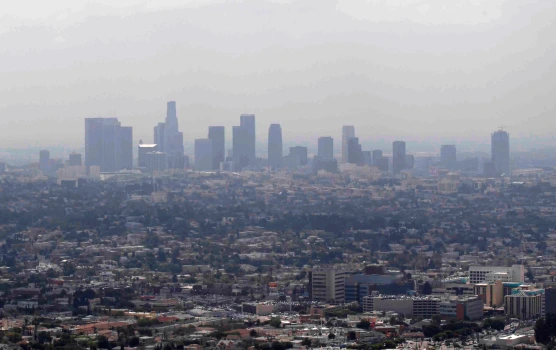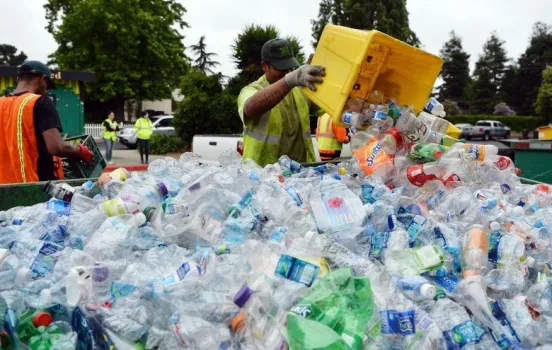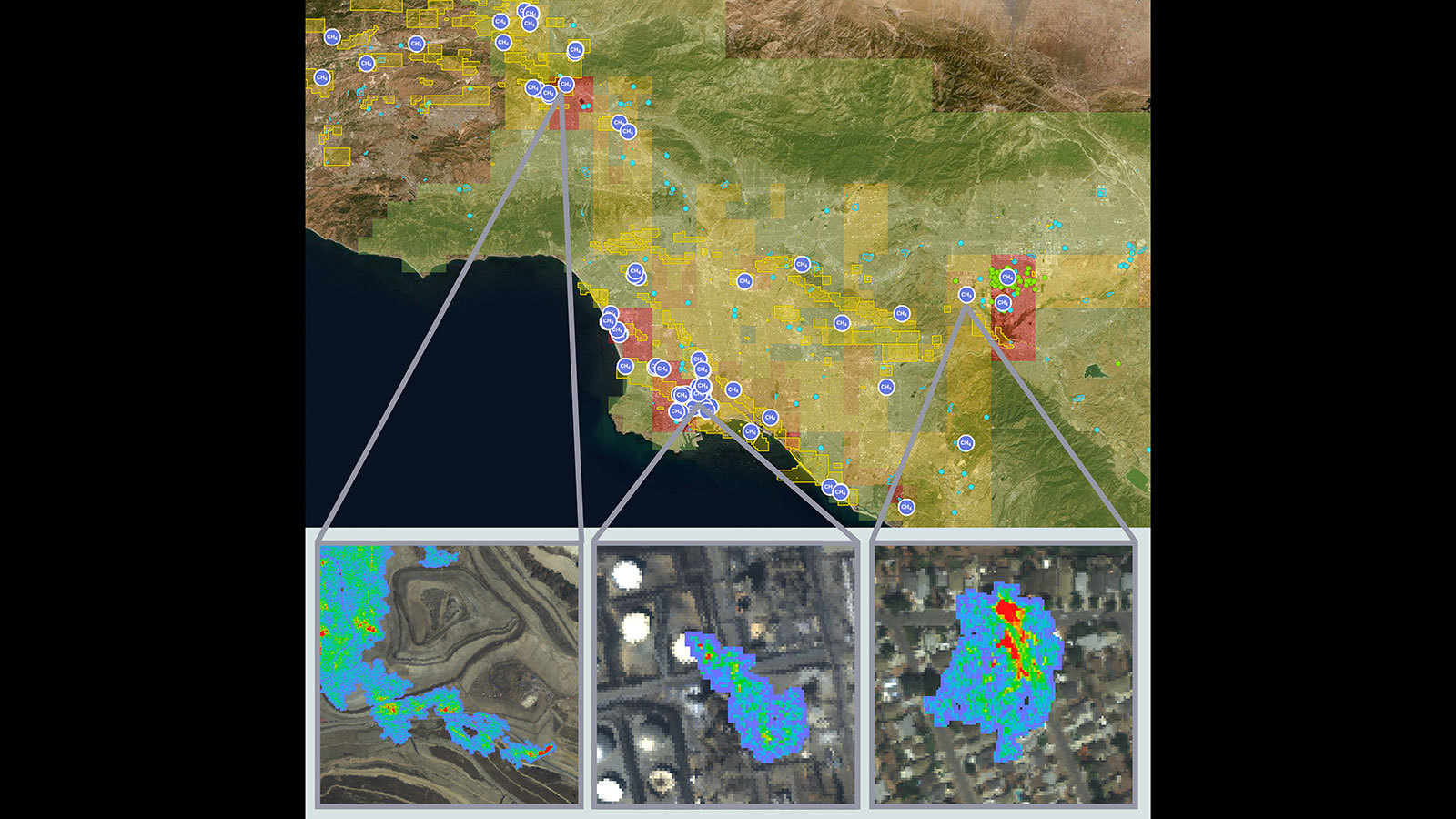
Sustainability in the city of Glendale
Glendale, CA, is a city that has demonstrated a strong commitment to sustainability, implementing various initiatives to create an environmentally friendly and resilient community. With a focus on renewable energy, waste management, transportation, and green spaces, Glendale has taken significant strides towards a sustainable future.
One area where Glendale excels in sustainability is renewable energy. The city has invested in solar power projects, with solar panels installed on municipal buildings and residential areas. This not only reduces the city’s reliance on fossil fuels but also contributes to a cleaner and greener energy grid. Furthermore, Glendale has encouraged residents to adopt solar energy by offering incentives and rebate programs, making it more accessible for homeowners to install solar panels on their properties.
Waste management is another crucial aspect of sustainability in Glendale. The city has implemented a comprehensive recycling program, encouraging residents to recycle and providing convenient recycling facilities throughout the city. Glendale also promotes composting to reduce organic waste and has implemented a ban on single-use plastic bags, reducing plastic waste and promoting the use of reusable bags.
In terms of transportation, Glendale has made efforts to improve public transportation options and encourage alternative modes of commuting. The city has expanded its bus routes and bike lanes, making it easier for residents to choose sustainable transportation options. Glendale has also implemented electric vehicle (EV) charging stations throughout the city, promoting the use of electric cars and reducing emissions from traditional vehicles.
Glendale places a strong emphasis on preserving and enhancing its green spaces. The city has an extensive network of parks, gardens, and open spaces that provide recreational areas for residents while contributing to the overall sustainability of the city. Glendale maintains these green spaces using sustainable landscaping practices, such as water-efficient irrigation systems and native plantings that require less water and maintenance.
To ensure long-term sustainability, Glendale has established partnerships with local businesses, community organizations, and educational institutions. These collaborations aim to promote sustainability through joint initiatives, such as energy conservation programs, waste reduction campaigns, and environmental education programs. By engaging various stakeholders, Glendale fosters a culture of sustainability and encourages collective action towards a greener future.
The city government also plays a vital role in sustainability efforts. Glendale has implemented policies and regulations to promote energy efficiency and green building practices. The city has adopted the California Green Building Standards Code, which sets requirements for energy-efficient construction and encourages the use of sustainable materials. Glendale’s government also supports and advocates for state and national policies that address climate change and promote sustainability.
In addition to these initiatives, Glendale actively engages its residents through sustainability awareness campaigns and educational programs. The city organizes workshops, seminars, and community events to educate residents about sustainable practices, energy conservation, and waste reduction. By raising awareness and providing resources, Glendale empowers its residents to make sustainable choices in their daily lives, fostering a more sustainable community as a whole.
Overall, Glendale, California, demonstrates a strong commitment to sustainability through its efforts in renewable energy, waste management, transportation, green spaces, partnerships, government policies, and community engagement. By prioritizing sustainability, Glendale aims to create a city that is resilient, environmentally responsible, and enjoyable for current and future generations.
Waste management issues in the city of Glendale
The city of Glendale, CA, faces several waste management challenges that need to be addressed to ensure a sustainable and clean environment. These issues include inadequate recycling infrastructure, improper waste disposal practices, lack of public awareness, illegal dumping, limited landfill capacity, contamination in recycling streams, and the need for improved waste reduction strategies.
One of the primary waste management issues in Glendale is the insufficient recycling infrastructure. While the city has a recycling program in place, there is a need for more recycling facilities and convenient drop-off locations. Expanding recycling options and improving accessibility would encourage more residents to recycle and divert recyclable materials from landfills.
Improper waste disposal practices also pose a challenge in Glendale. Some residents may not be aware of proper waste segregation and disposal methods, leading to contamination in recycling streams and increased waste generation. Educational campaigns and outreach programs can play a crucial role in educating residents about the importance of waste separation and proper disposal techniques.
Illegal dumping is another significant concern in Glendale. Unlawful dumping of waste not only harms the environment but also creates eyesores in the community. The city needs to address this issue through increased surveillance, stricter penalties, and public awareness campaigns to discourage illegal dumping and encourage responsible waste management practices.
Glendale, like many other cities, faces the issue of limited landfill capacity. As landfills reach their maximum capacity, alternative waste management strategies become imperative. The city should explore options such as waste-to-energy facilities, composting programs, and increased recycling to reduce the amount of waste that ends up in landfills and extend their lifespan.
Contamination in recycling streams is a persistent challenge for Glendale’s waste management system. When non-recyclable materials are mistakenly placed in recycling bins, it hinders the recycling process and reduces the efficiency of recycling facilities. The city can address this issue by implementing educational campaigns, providing clear guidelines on recyclable materials, and conducting regular audits to improve the quality of recycling streams.
To tackle waste management challenges effectively, Glendale needs to focus on waste reduction strategies. This includes promoting the use of reusable products, encouraging businesses to minimize packaging waste, and implementing policies to reduce single-use items. By emphasizing waste reduction at its source, the city can significantly decrease the amount of waste generated and ease the burden on waste management systems.
Public awareness and education play a vital role in addressing waste management issues. Glendale should invest in educational programs that inform residents about proper waste disposal, recycling practices, and the benefits of waste reduction. By increasing public awareness, the city can foster a sense of responsibility and encourage residents to actively participate in sustainable waste management practices.
Collaboration with local businesses, community organizations, and waste management companies is crucial in addressing waste management challenges in Glendale. Partnerships can help develop innovative solutions, improve waste collection systems, and explore new technologies for waste treatment and recycling. By working together, stakeholders can create a more sustainable and efficient waste management system in the city.
Glendale faces several waste management challenges that require attention and proactive solutions, click here for more details. These issues include inadequate recycling infrastructure, improper waste disposal practices, limited landfill capacity, contamination in recycling streams, and the need for waste reduction strategies. By investing in education, infrastructure, and collaboration, Glendale can improve its waste management system and move towards a more sustainable future.

 California remains poorly ranked in the USA for the recycling of plastic waste, and must continue to progress.
California remains poorly ranked in the USA for the recycling of plastic waste, and must continue to progress.

